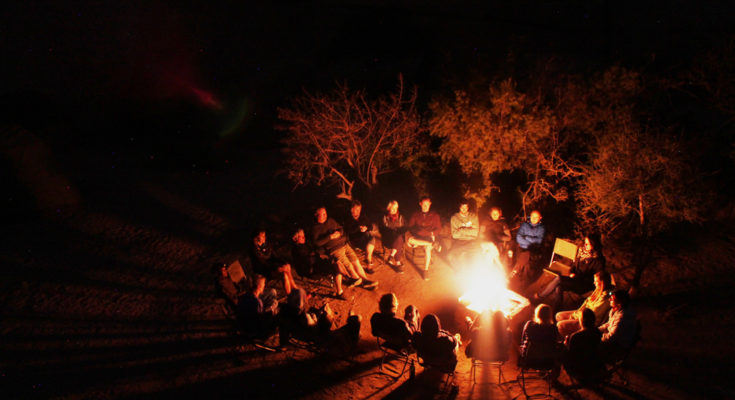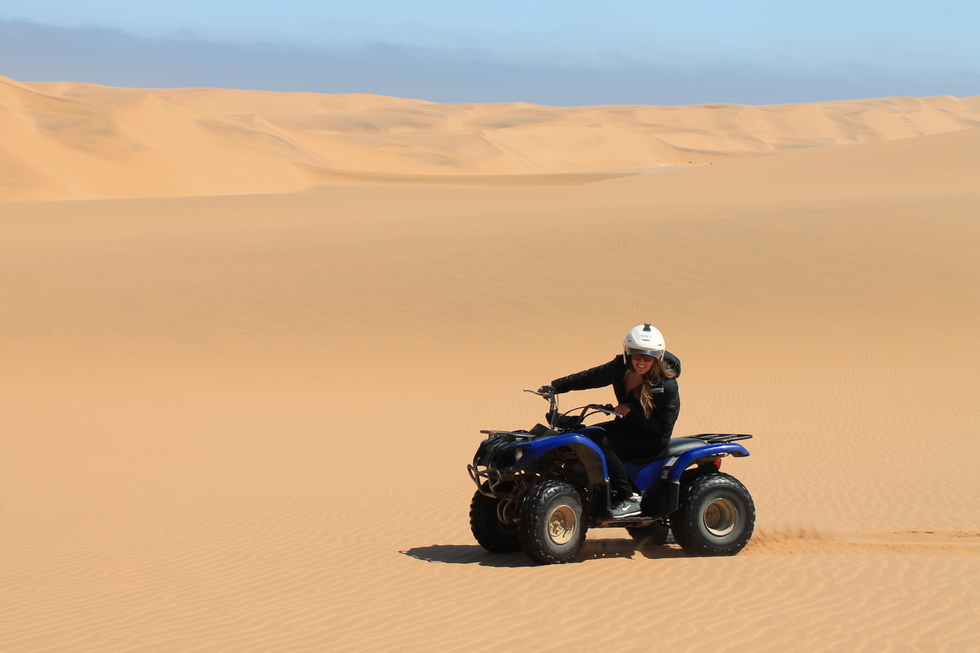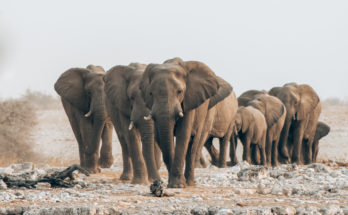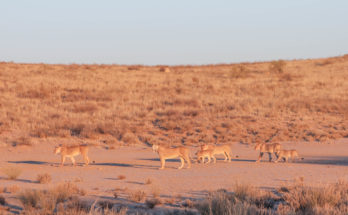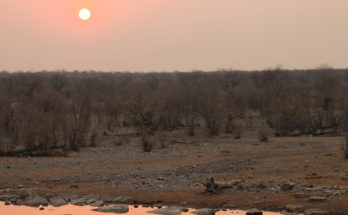After travelling over 1 500km since leaving Cape Town, the red sands of the Namib desert was left behind as a rough and bumpy dirt road escorted me over the Tropic of Capricorn and all the way to Walvis Bay, a small port town in Namibia known for its abundance of birdlife. Thousands of tall, pink flamingos feasting on shrimp in the muddy tidal lagoon call Walvis Bay home, along with Humpback whales, Heaviside dolphins and Cape Fur seals.
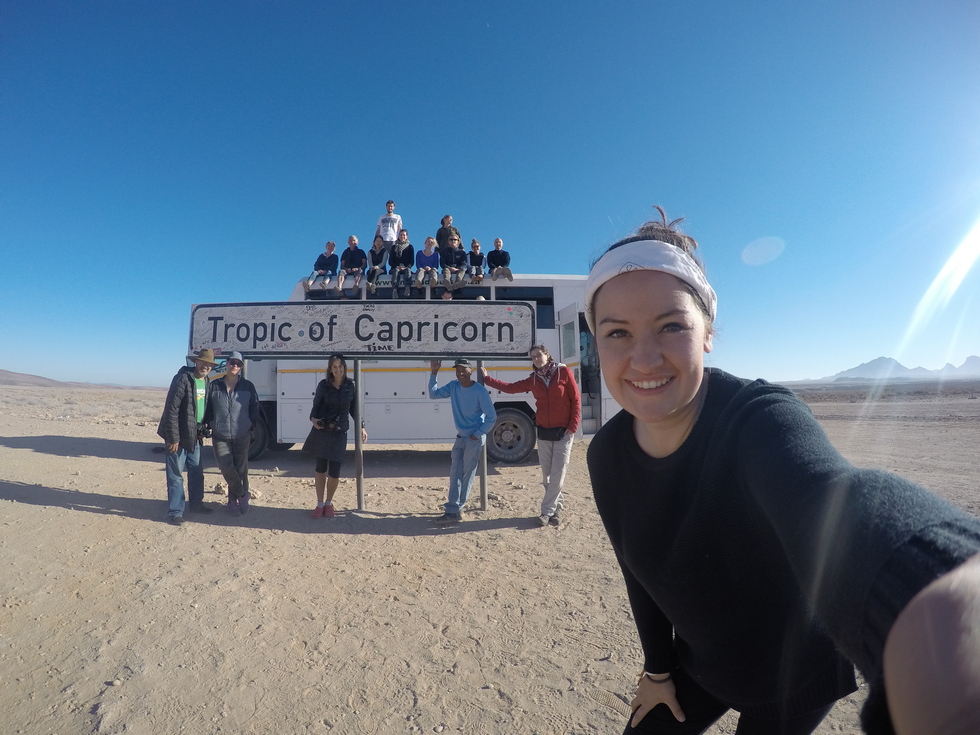
Swakopmund, another popular coastal town that lies 40km to the north along the coast is the perfect holiday destination with its comfortable hotels, many souvenir shops, nice beaches and wonderful restaurants serving some local specialties including fillets of Zebra, Oryx, Kudu and Springbok. Inspired by the German influence and history in Namibia, try the Swakopmund Brauhaus for great service, affordable prices and fantastic food.
Swakopmund is also know for its wide variety of desert activities, including desert exploration trips, quad biking, camel rides into the desert and even skydiving. Daredevil Adventures offers a wide range of adventures, all led by friendly and experienced guides. The desert quad biking and duneboarding combo comes highly recommended. Adventurers enjoy an hour and a half’s drive into the desert on a fully automatic quad bike followed by duneboarding – waxing a piece of plywood until shiny, lying down on it and clinging on for dear life as you speed down the dune. It is an adrenaline rush like no other and is very enjoyable.
Heading north-east back into the mainland takes you to Spitzkoppe, a collection of 120 million year old bald granite peaks. Bushman cave paintings made of blood and egg yolk, great hiking and some very cool natural rock arches makes the tedious drive here worthwhile. There are various campsites, but none have electricity, running water or permanent ablutions, so prepare yourself for a baby wipe bath and one of the most disgusting, dark and smelly long drop toilets you will ever encounter. The forest of Smelly Shepard’s trees, also called Stinkbush, near the long drop smells like the dead and really doesn’t make the whole bathroom experience any better. It is hell in its purest form.

Being hundreds of kilometers away from the nearest city, the lack of electricity and city lights give happy campers the most amazing view of the Milky Way, with nothing to be heard but crackling wood from the fire and a few crickets. No cell phones, no radios. There are few places left in the world to experience such peacefulness and serenity.
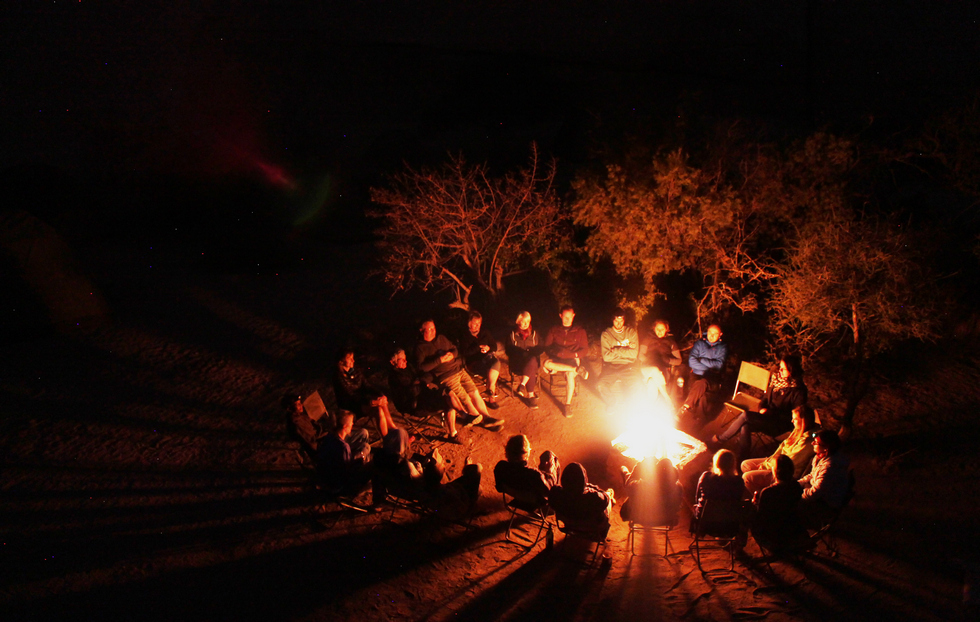
Fewer travelers venture this far north and communities struggle to make a living. Campsites are run by local men and women, guided tours by Bushman offer a deeper insight into the many cave paintings and their meanings and children sit at small self-made stalls at the side of the main road through Spitzkoppe selling shiny rocks and pebbles found in the area. Life in this part of the country is hard and tourism is a valuable source of income for these people.
The Otjikandero Himba Orphan Village Project close to Kamanjab, a 450km further north is a community of local Himba people who still try to live in a traditional way. A small working village was set up here as a representation of the semi-nomadic pastoral Himba people where travellers get to interact with and learn from the tribe. Not only does the village offer valuable educational information about the Himba culture, it also gives the women of the tribe the opportunity to earn some much needed money through crafts and curios for sale at their small market.
The Himbas mainly herd sheep, goats and cattle and the livestock is the most prominent part of their diet that mainly consists of milk and meat. When they get the opportunity they will also supplement their diet with chicken eggs, honey and wild herbs and plants during the rainy season when they are able to grow them.
The red colour of their skin and hair is due to a mixture of butterfat and ochre pigment, otjize, that is regularly applied to protect their skin from the harsh sun and extremely hot temperatures in the region. It also acts as a natural insect repellent and helps stop mosquito bites. For me the most interesting thing about the Himbas is the fact that they never ever bathe. Not once. Instead of a warm bath and soap like we are used to, women prepare a type of incense that is made up of different herbs and plant materials. They burn the materials and use the smoke as an antimicrobial body cleansing agent. It also serves as type of deodorant or perfume as it is very fragrant. After the use of the incense, a new layer of otjize is applied.
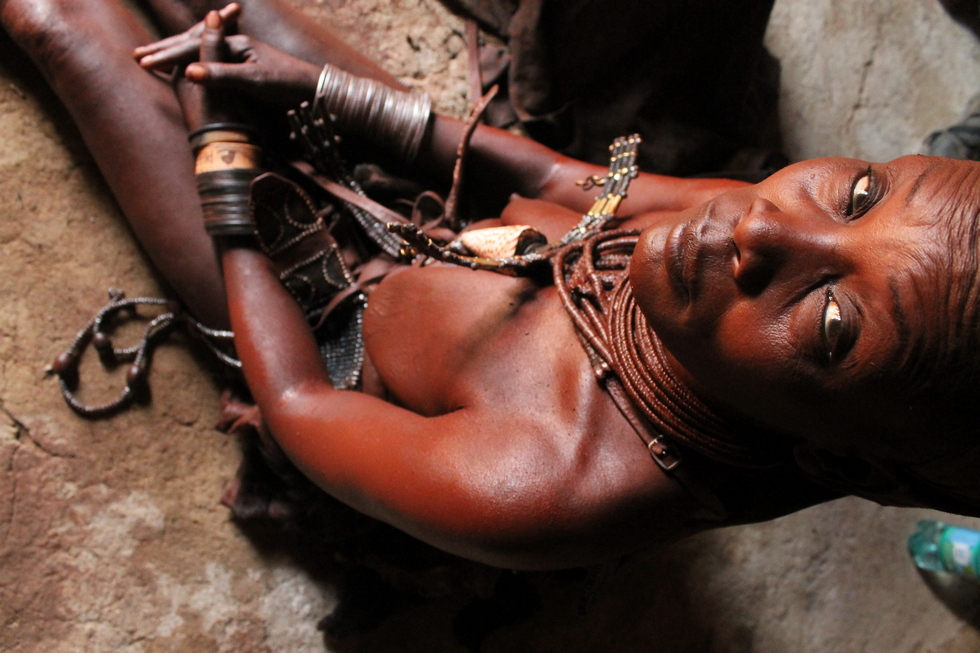
Arranged marriage is part of their culture and girls as young as 13 might be married off to an older man if it is the wish of her parents. The Himbas are also polygamous, with men being married to two to tree woman at a time. HIV and AIDS thus have a very big impact on the remaining traditional Himbas and the increasing number of orphans is proof of the problem.
To read more about my journey through Namibia, please go read Driving from Cape Town to Etosha [Part 3]

